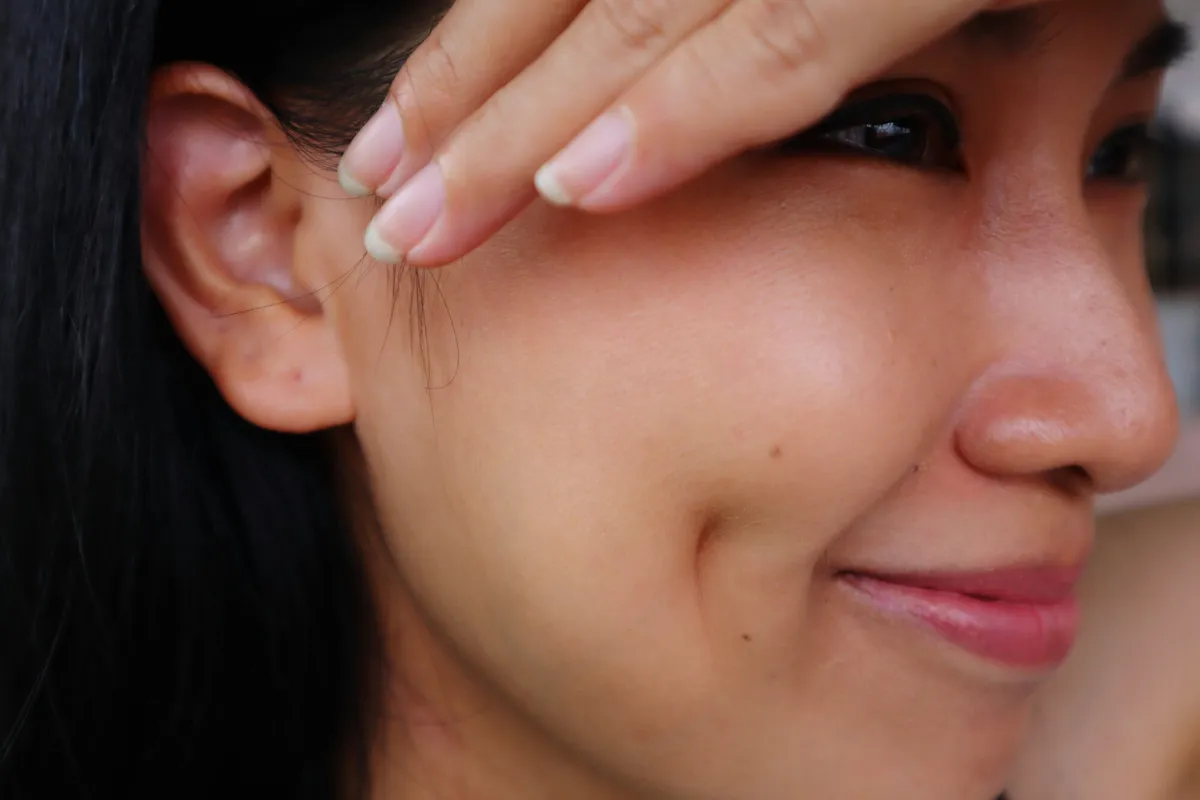Dimples are a surprising everyday mystery. Despite large portions of the population having them, not much is actually known about these facial features. In some cultures, they are seen as good luck, others associate them with innocence, and in some places, they are perceived as a physical trait of heroes.
While dimples remain an area of speculation, especially around their genetic background, it is believed that around 20 to 30 per cent of the world’s population has cheek dimples.
So what are they, and what causes dimples to form? We spoke to Ross Elledge, a Maxillofacial Surgeon to learn more about the science behind dimples.
What are dimples and what causes them?

Dimples are, in simple terms, caused by a variation in one of the main muscles found in our faces.
“Anatomically, facial dimples are caused by a variation in the zygomaticus major muscle - a muscle that controls facial expressions. This muscle spans the cheek and inserts in the corner of the mouth. When it contracts it raises the corner of the mouth as one of the muscles of facial expression,” says Elledge.
“In most people, the muscle is a single band, but in people with dimples the muscle is in two parts, consisting of two bellies, with dermatocutaneous fibres spanning the muscle to the skin. The defect in between the bellies allows the skin to dimple when the muscle contracts and people smile.”
While dimples are sometimes referred to as a congenital disability, the science doesn't back this with no evident health risks accompanying dimples.
Are dimples genetic?
Despite the fact that dimples are relatively common, research into the genetics of dimples is limited.
However, reports of multiple members of the same family having similar types of dimples do suggest genes could be a factor. Specifically, Elledge says this could indicate a pattern known as "autosomal dominant inheritance" of a specific chromosome.
"This is where only one of a pair of genes needs to show the trait for dimple formation for it to be expressed in a physical manifestation," says Elledge. "The answer is far from clear cut, however, and some debate remains about the exact pattern of inheritance.”
As more research is done into the field, more information will arise around the formation of dimples.
Genetics can also affect how dimples appear. People with leptoprosopic faces (long and narrow) can have longer, more narrow dimples. However, those with euryprosopic (short and broad) faces are more likely to have narrow, circular dimples.
Can you create face dimples?
In some cultures, there is a perception of dimples being a sign of good luck or beauty, and with it, a demand for cosmetic surgery to create dimples.
“This process is affectionately nicknamed a 'dimpleplasty' and demand has been increasing. The most common place to create a dimple is at a point called the Khoo Boo-Chai point (or KBC point for short) which is at the intersection between a horizontal line drawn from the corner of the mouth and a vertical line dropped from the outer corner of the eye, although this does not always hold true for a normal looking dimple, as facial shapes may determine variation in position," says Elledge.
This procedure is done by making a cut from the inside of the mouth at the desired point of the dimple. A stitch is passed inside and out, engaging the underside of the skin, tethering it to the muscle - this creates the dimple.
"This may be combined with dermal fillers to augment the natural 'plumpness' of the cheeks," explains Elledge. "Like any surgical procedure, there are risks, including injuries to the nerves that supply the muscles of facial expression and infection of the wound."
How common are dimples?
Unfortunately, the figures around the commonality of dimples are mixed. There is no definitive answer but the number is expected to be between 20 and 30 per cent of the world's population.
"The prevalence of this was examined in a review by Phan and Onggo in 2019 and was 34 per cent in Americans but only 12.3 per cent in Europeans. The overall prevalence was 22.7 per cent, but there appears to be variation between different populations.
Dimples can be permanent or transient, but prevalence can change in a population with age. For instance, a study published by Athena Pentzos-DaPonte and colleagues in 2004 demonstrated a significant increase in prevalence in childhood.
The theory is that loss of skin elasticity with age 'brings out' underlying dimples that might not have been apparent in earlier life. Most commonly dimples are bilateral, this being the case in 55.6 per cent of a cohort with dimples in a study from 2018.
Do dimples only form in the face cheeks?

When we talk about dimples, the conversation is often in reference to the cheeks. However, dimples can actually form on other parts of the body with varying frequency.
"There appears to be no significant correlation of dimpled cheeks with a dimpled chin. Dimples of Venus, known scientifically as fossae lumbales laterales, are symmetrical indentations caused by a short ligament connecting the skin to the posterior superior iliac spine - the back of the hip bone," says Elledge.
The genetics here are, yet again, a bit of a mystery. They do appear to be somewhat common, present in 19.4 per cent of the population in one study.
Midline sacral dimples are also more common. These form in the lower part of the back. However, these are less common, presenting in roughly 4 per cent of babies.
About our expert, Ross Elledge
Ross is a maxillofacial surgeon, consultant oral and honorary senior clinical lecturer based in Birmingham.
Read more:
